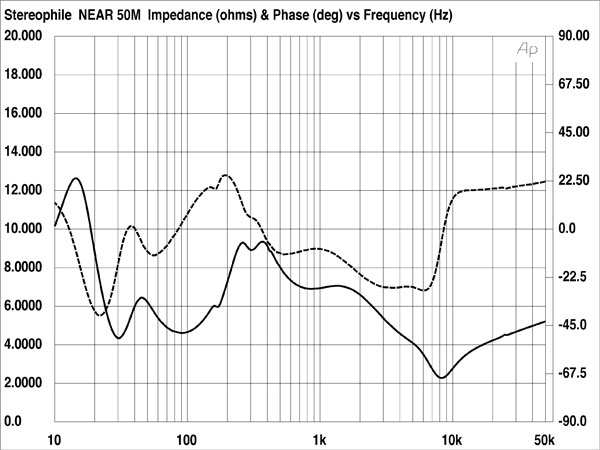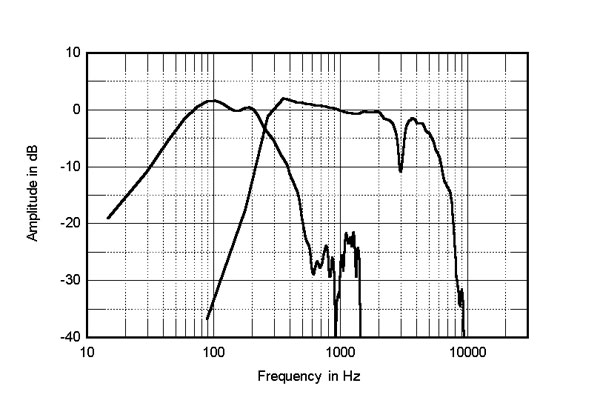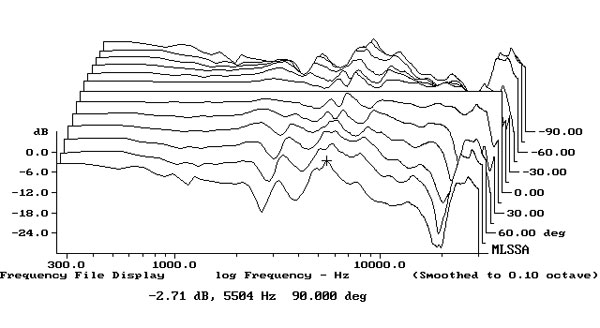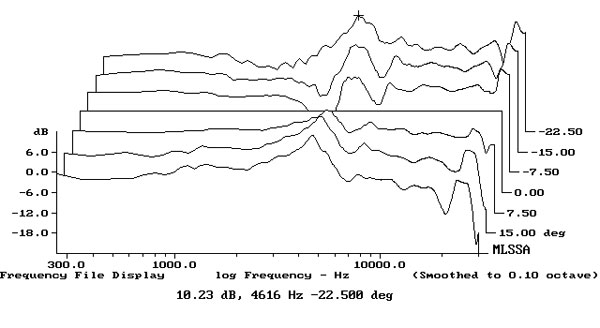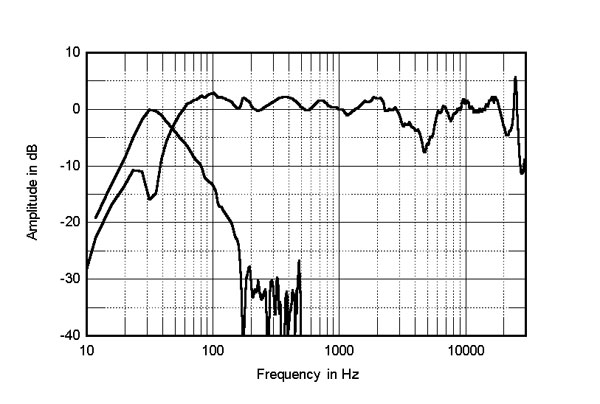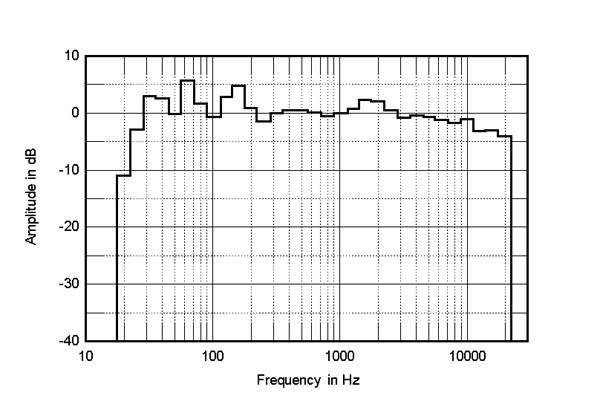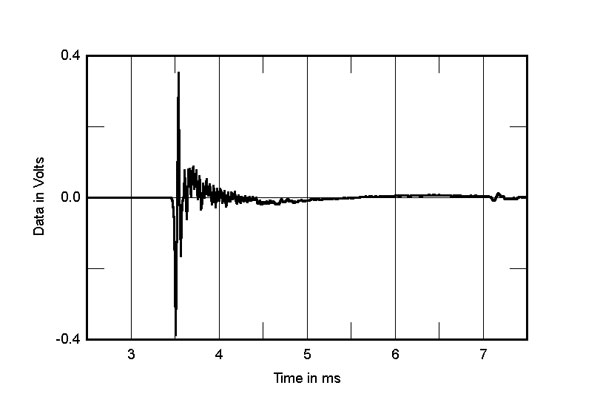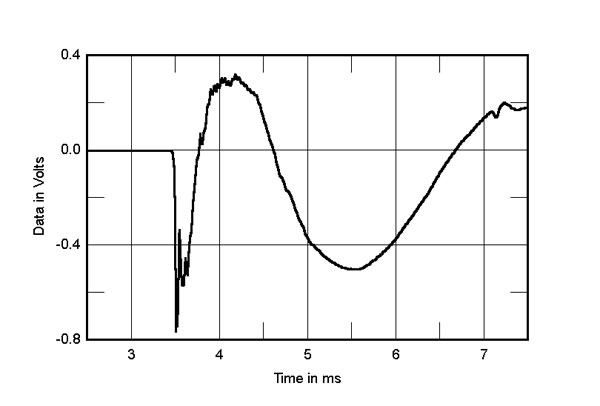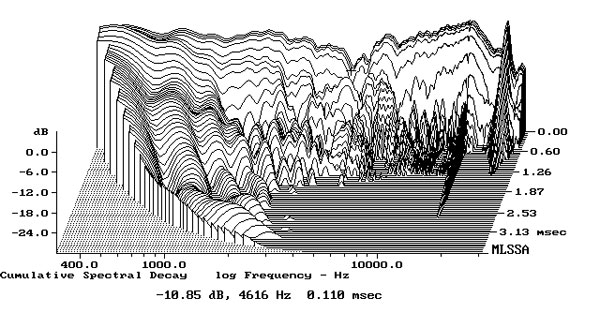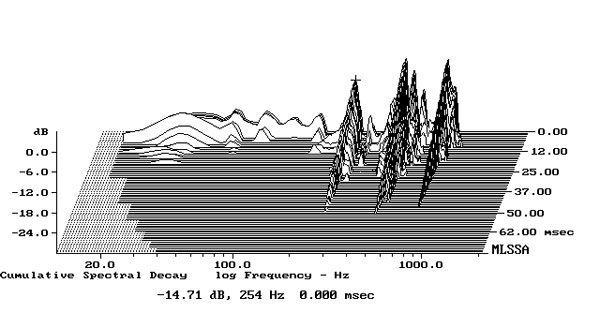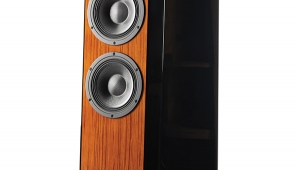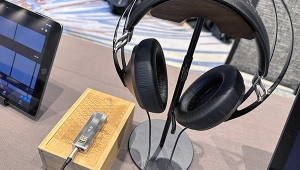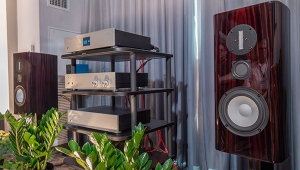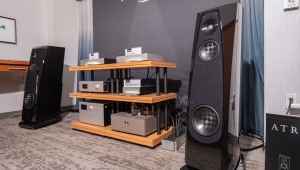| Columns Retired Columns & Blogs |
..and although I've never heard the original 50M model reviewed here, I have owned the two later versions, the 50me (larger inverted tweeters, all drivers proprietary.. not using spiders, but ferrofluid suspension), next the 50me mk ll, and now currently the 50me mk l, again, which i found on eBay in 2015. Despite the fact the mk ll had acoustic dampening devices installed in the cabinets, I felt the mk l sounded a bit more open than the mk ll, which used an inverted dome midrange and conventional rolled rubber surrounds as opposed to the unique flat neoprene surround of the 50me mk l. After much persuasion with the seller to ship (more $ spent shipping than the purchase price to ship across the US from CT to CA), i was quite pleased that my latest pair of 22yo 50me's were still in near NOS physical and working condition. NEAR transducers are very robust if you don't mind having to gently recenter the woofer cones every few weeks, although fortunately i've never had to do this with my current pair.
These are very fast, neutral, and tricky to set-up speakers. Used with a sufficiently powerful class A amp with a decent damping factor and capable of handling fairly wide impedance swings, and set up with the correct spacing (7-10ft apart) and toe-in (0-5 deg) and set well away from the back wall (6-8ft), my impression of the 50me differs from what's said here about the original 50M model.. all drivers sound as one. Maybe the crossovers were greatly improved in the 50me. However, that said, I'd still agree with Olsher in his appraisal that they aren't always the most refined or tonally 'natural' speakers in the upper registers. However, what they don't have in that sort of natural sweetness (a'la my old Von Schweikert VR4's), i feel they more than make up for that in their transparency, neutrality and deep quick LF response, and with the right recordings.. spooky in-room presence w vocals. More so than any other speakers i've owned (including Maggie's which are better in some areas, but not full range and fairly limited dynamically), the 50me's have a chameleon like quality in revealing differences of components upstream, whereas other speakers i've owned tended to color the signal towards their own, signature sound, and regardless of what i play, this is evident. Less so with the NEAR 50me. I guess that's why i keep coming back to them. Listening to them right now actually:)
